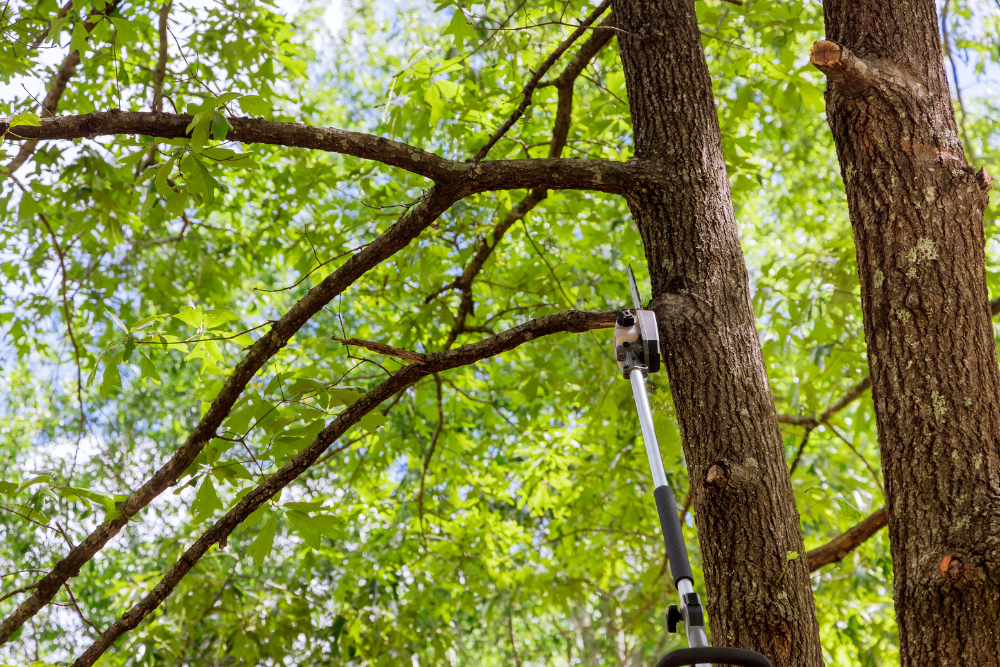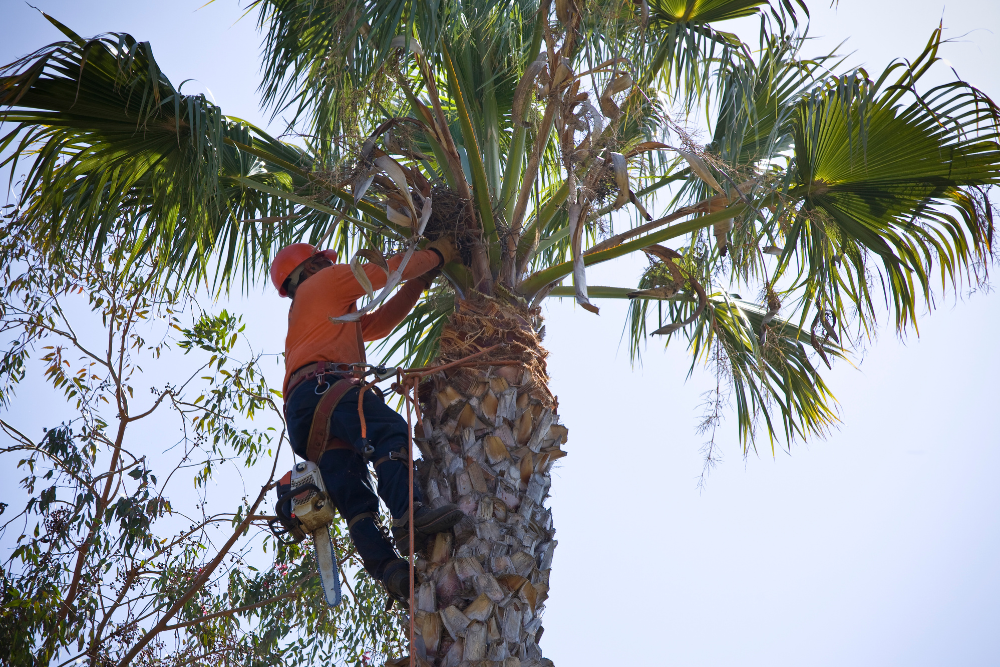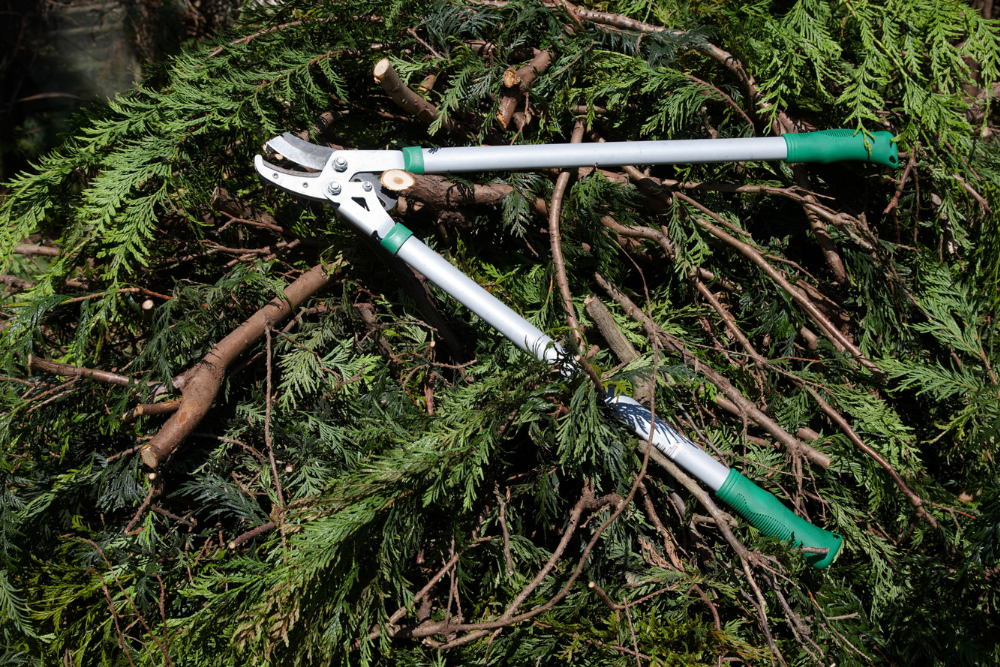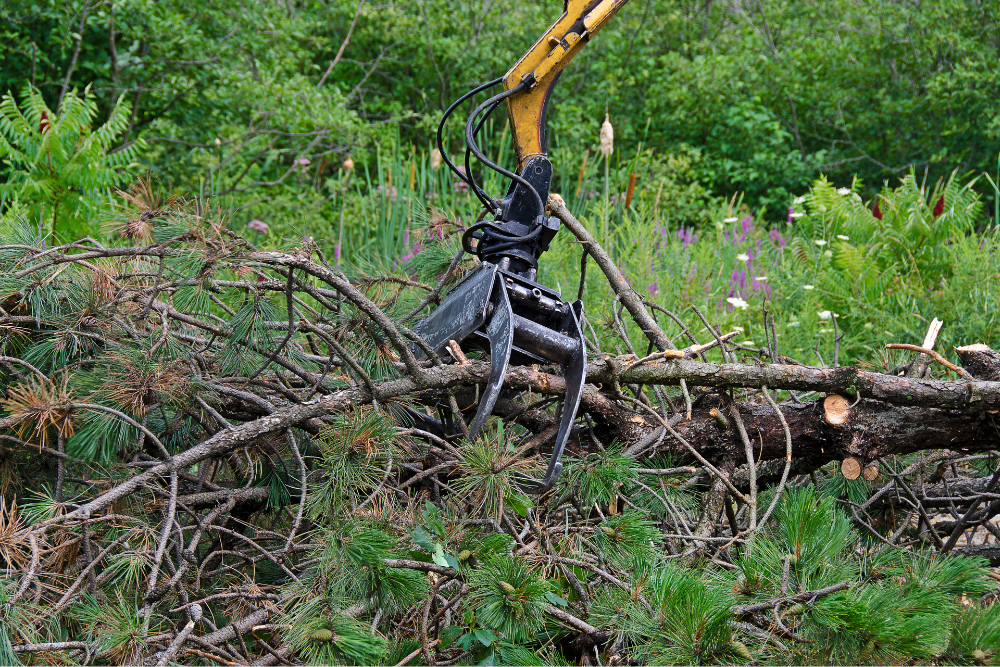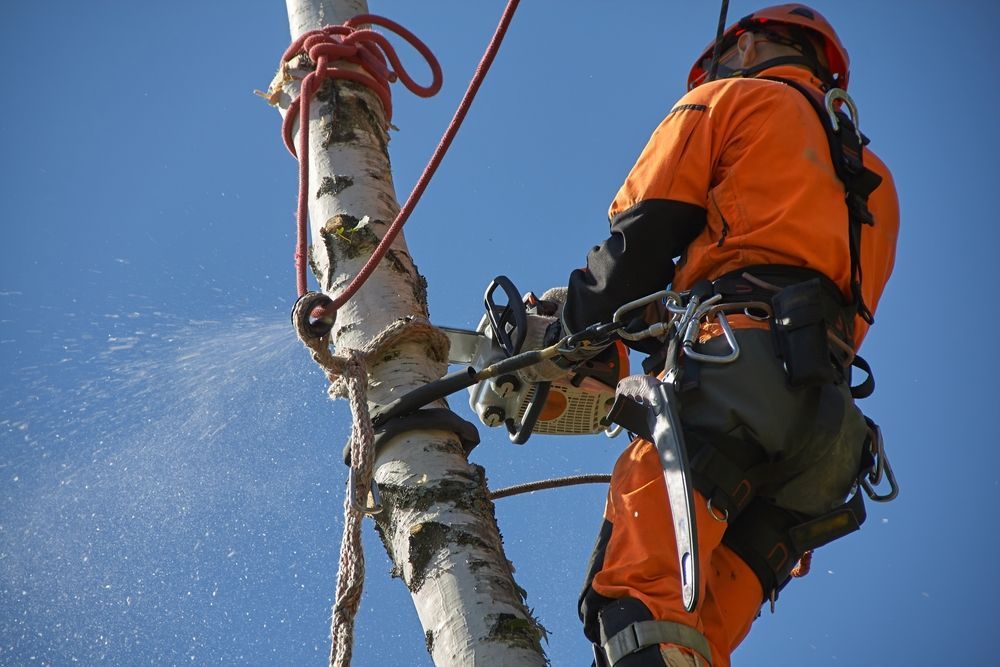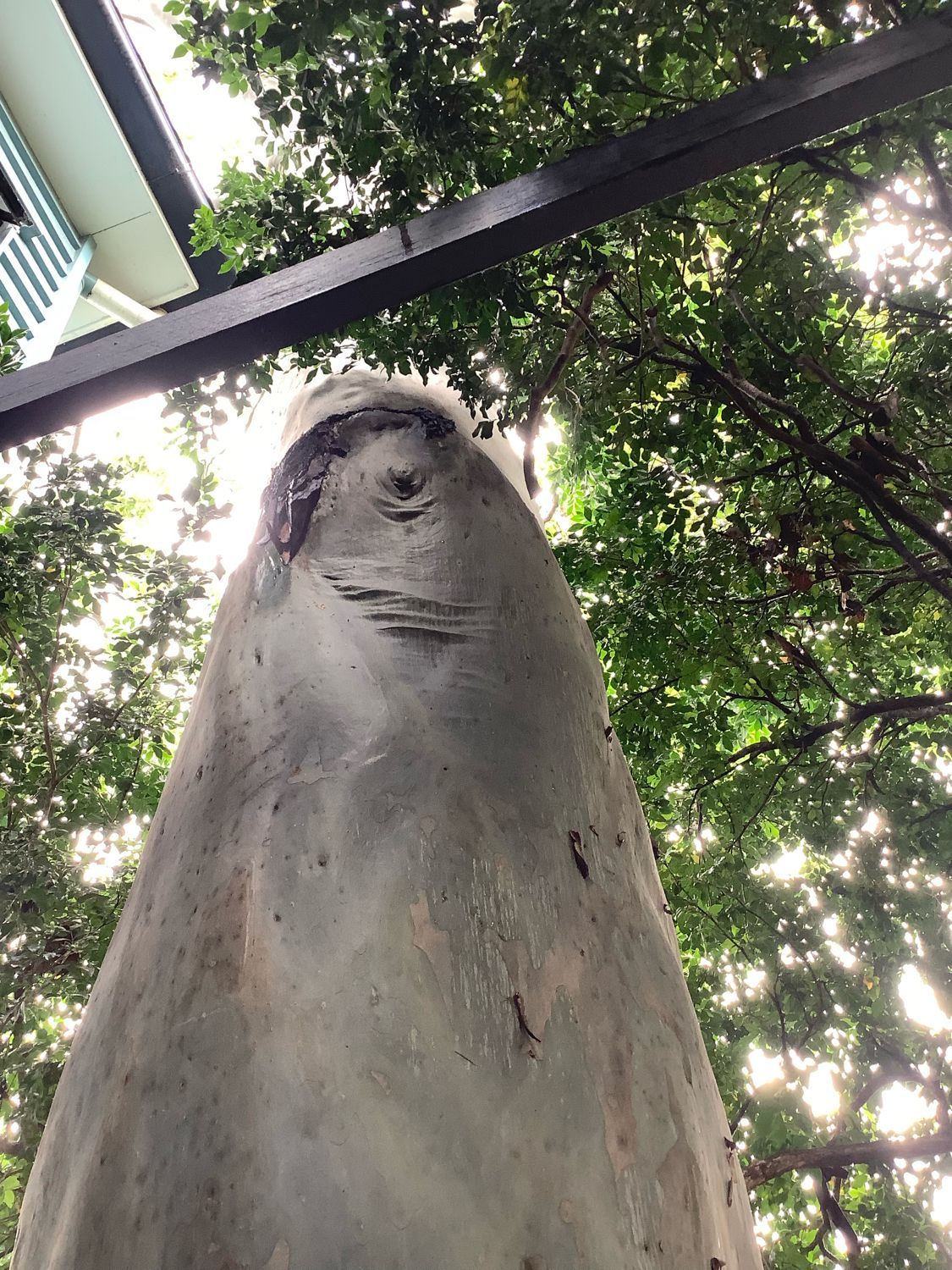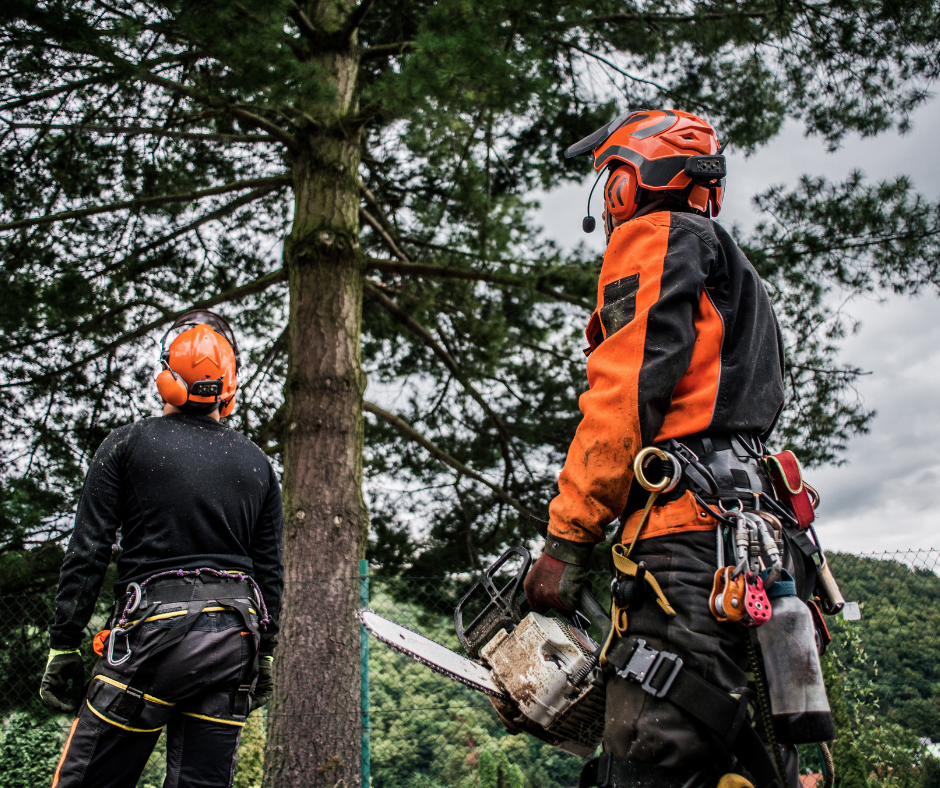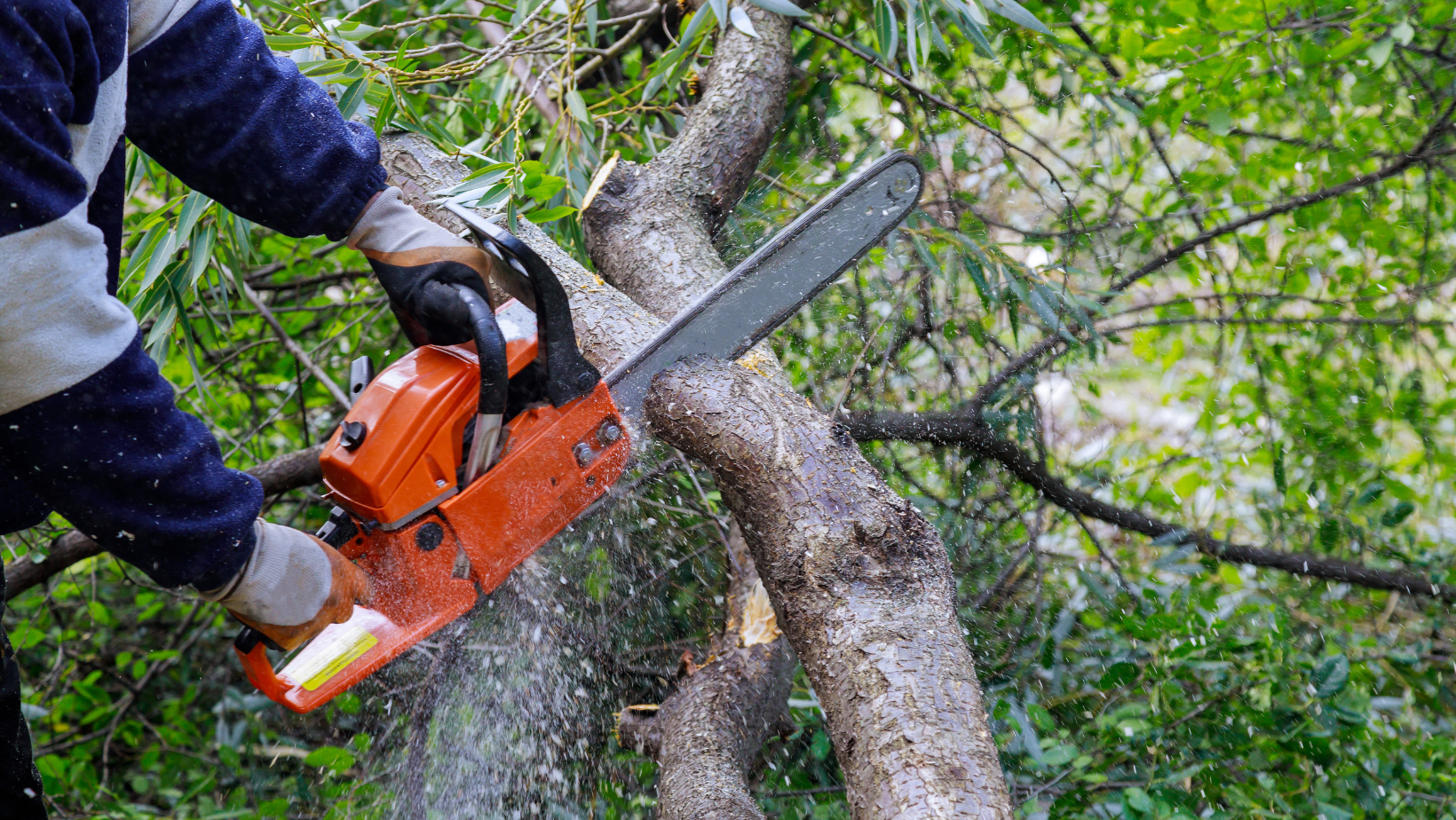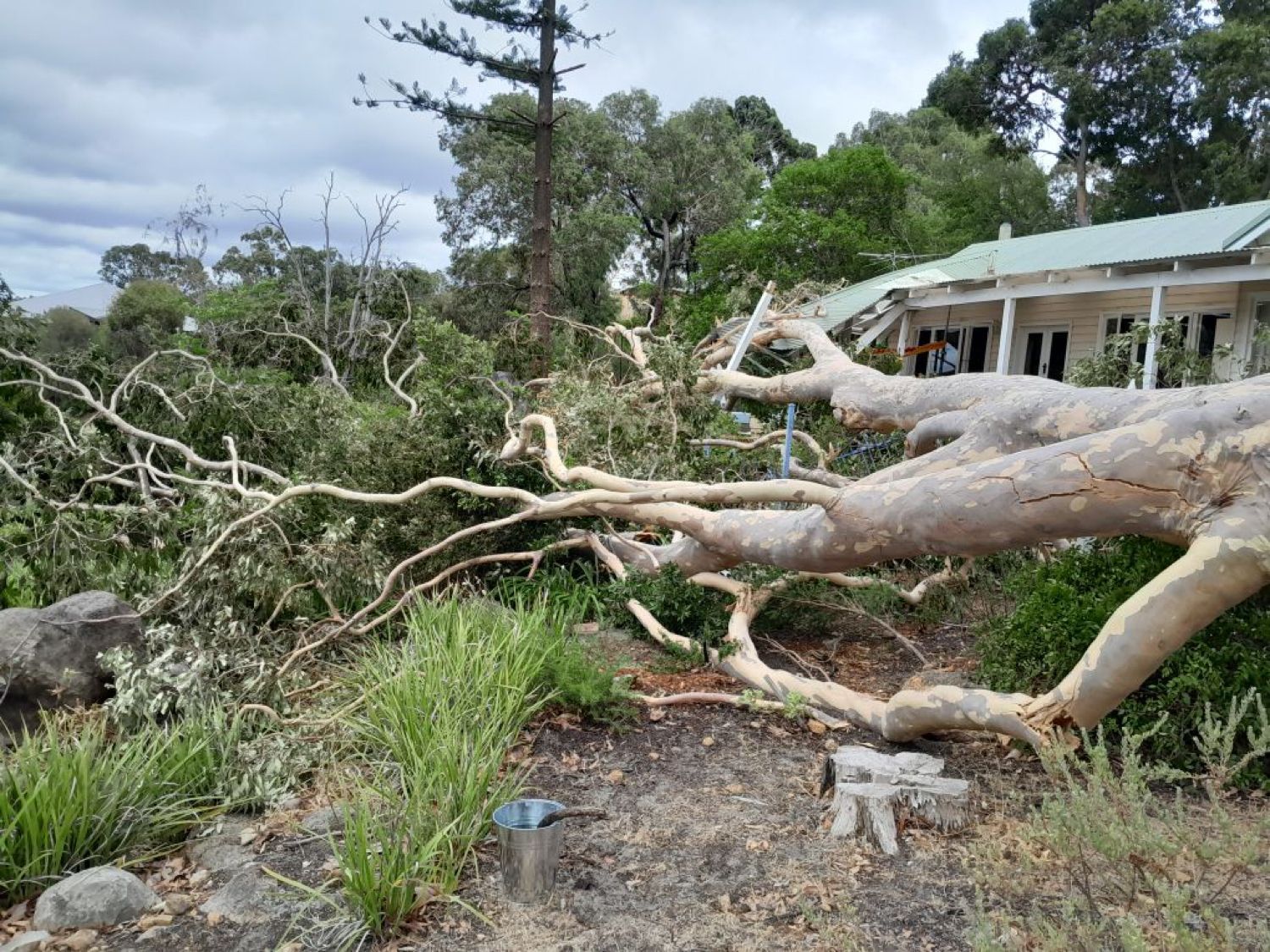Sixteen Common Trees That Logan City Council Has Classified As Weeds
Common Backyard Trees In Logan That Are Actually Weeds!

Invasive Trees in Logan: Understanding the Impact and Control
Introduction:
Logan City Council faces challenges from introduced trees, once cherished as garden ornamentals. The unintended consequences have resulted in economic, social, and environmental impacts. In this blog, we'll delve into some of the notorious trees flagged as 'weeds' by Logan City Council. Driving through Logan City suburbs such as Kingston, Forestdale, Regents Park & Browns Plains (just to name a few) the trees listed below are a very common sight. It is useful when you are deciding to remove a tree from your property in Logan, whether or not your tree, is in fact, a weed! If you have positively identified any of these trees on your property, then you can safely remove them without a permit. In fact, you will be helping the environment by removing them.
African Tulip Tree:
Originating from tropical Africa, the African Tulip Tree (Spathodea campanulata) boasts vibrant orange flowers. However, its aggressive growth pattern and rapid spread have labeled it invasive.
Broad Leaf Privet:
Introduced for its ornamental appeal, Broad Leaf Privet (Ligustrum lucidum) is now a nuisance. Its dense foliage shades out native plants, impacting biodiversity.
Broadleaved Pepper Tree:
Originally from South America, the Broadleaved Pepper Tree (Schinus terebinthifolius) is known for its reddish berries. However, its invasive nature threatens local ecosystems.
Cadaghi:
The Cadaghi (Corymbia torelliana) hails from Northern Australia. Despite its attractive appearance, it poses a fire risk and outcompetes native vegetation.
Camphor Laurel:
Introduced for its aromatic timber, the Camphor Laurel (Cinnamomum camphora) has become a weed. Its allelopathic properties inhibit the growth of neighboring plants.
Chinese Celtis:
With origins in East Asia, the Chinese Celtis (Celtis sinensis) is now naturalised in Australia. Its aggressive root system can cause issues for infrastructure.
Cocos Palm:
The Cocos Palm (Syagrus romanzoffiana), native to South America, is a familiar sight in gardens in Logan City. However, its prolific seeding poses a threat to native ecosystems.
Golden Rain Tree:
The Golden Rain Tree (Koelreuteria elegans) arrived for its ornamental appeal. Its ability to produce a large number of seeds makes it a potential invader.
Honey Locust Tree:
Hailing from North America, the Honey Locust Tree (Gleditsia triacanthos) has thorns that can harm animals. Its prolific seed production contributes to its invasiveness.
Indian Coral Tree:
The Indian Coral Tree (Erythrina variegata) adds a splash of red to landscapes. However, its spread along waterways threatens riparian ecosystems.
Kei Apple:
Originally from southern Africa, the Kei Apple (Dovyalis caffra) forms impenetrable thickets. It can displace native vegetation.
Leucaena:
Leucaena (Leucaena leucocephala), native to Central America, was introduced for forage. However, its ability to fix nitrogen allows it to thrive and spread.
Mulberry:
The Mulberry (Morus spp.) was introduced for silk production. Its prolific fruiting can lead to the spread of unwanted seedlings.
Slash Pine
Native to North America, the Slash Pine (Pinus elliottii) was introduced for timber. Its adaptability allows it to establish in a variety of environments.
Umbrella Tree:
The Umbrella Tree (Schefflera actinophylla) from Australia and New Guinea can form dense thickets, displacing native vegetation.
Yellow Bells:
Originally from Central America, the Yellow Bells (Tecoma stans) is prized for its yellow flowers. However, its spread can impact local biodiversity.
Impacts and Control:
These invasive trees threaten biodiversity, increase the risk of fire, and negatively impact water quality. Controlling their spread involves recognising and removing them from properties, avoiding their purchase and planting, and understanding the potential for seed dispersion.
Conclusion:
Invasive trees can have far-reaching consequences, impacting both the environment and communities. Recognising and addressing the issue is crucial for preserving the natural balance. Stay informed, remove invaders, and embrace sustainable practices for a healthier ecosystem.
For expert tree removal and tree lopping advice and identification, contact GDE Tree Services at 07 3027 1530. 🌳 #GDETreeServices #InvasiveTrees #LoganCityCouncil
Visit Logan City Council website to learn more about these weed trees.
🌿🌲 #TreeCare #ProfessionalTreeLopper #GDETreeServices #loganTreeLopper #TreeServicesLogan #treecuttingservice #treeremovallogan

